
A real decision is measured by the fact that you have taken a new action. If there is no action, you haven’t truly decided.
- Tony Robbins
People often say that it’s hard for them to make decisions. But no matter how much we try, at some point or the other, we are bound to make important decisions every day of our lives. The decision making can include deciding what to have for lunch or deciding what to wear to an important meeting. While some people make spontaneous decisions, others start by doing endless research and asking for recommendations from others.
As a designer, we often lose perspective of our users. We are more focused on how we want the designs to be, not how our users see and experience them. That’s when decision science comes in.
Decision making plays an important role in the lives of designers. Now before jumping to what should be done to make better decisions, let’s understand what decision science is and how it is linked with UX.
The link between decision science and UX design
Decision science includes studies in psychology, economics, statistics, and uses them to help us in making the most rational choices. It covers the research in decision making and observes how we make an optimal decision in an uncertain situation.
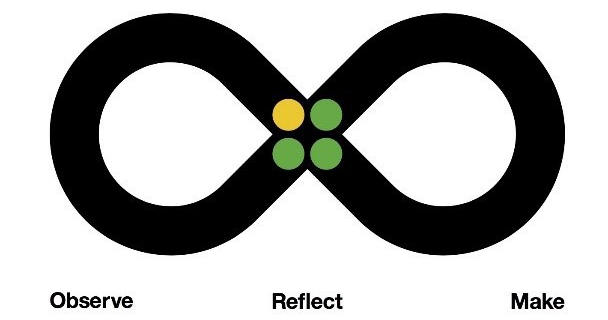
UX designers also find themselves stuck in situations where they need to make some difficult decisions. These decisions require in-depth research to gain a better understanding of the user’s requirements and to give them a great experience.
There is no doubt that now is the time for companies to gain better decision-making capabilities. McKinsey tracked the design practices of 300 different companies over a period of five years. Let's look at the stats:
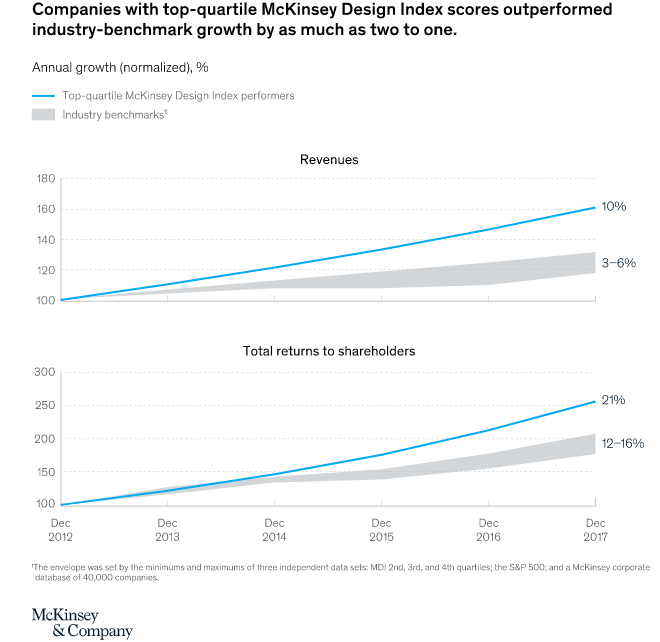
Their research shows a strong correlation between high Mckinsey Design Index scores and superior business performance. Design-driven growth is potentially enormous in all sectors. There are many opportunities today to pursue analytically informed and user-centric design.
For a designer, it is very important to understand their company’s goals and expectations. Lack of knowledge makes it difficult to solve problems. The same thing goes for the companies, they expect the designers to enter the room and solve problems magically.
Decision science helps the designers to think outside the box and push themselves out of their mental comfort zone. A tactic that decision science introduces us to is influence diagrams. These diagrams are created to make a better understanding and predict where your decision might lead you to.
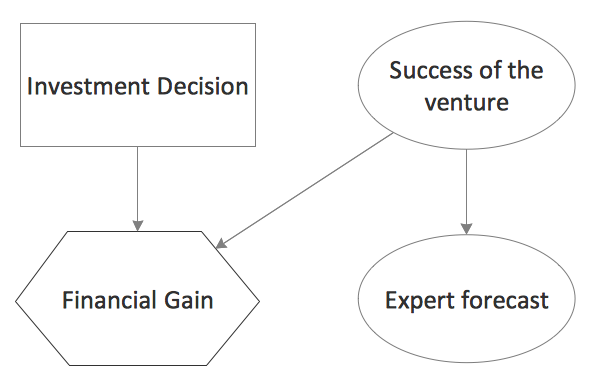
When it comes to the people involved as designers and users, there are people coming from diverse backgrounds. Decision science and UX design both value having diversity as a part of their respective practices. A team of diverse individuals helps you to give your design a diverse perspective. Read how a diverse and inclusive design team can help promote innovation.
Approaches for better design decisions
While taking decisions can be a tough thing to do, there are a few steps you can consider while making a decision for your design.

Let’s take a look at what are the points that we need to keep in mind while making decisions as a designer from scratch!
Identifying the problem
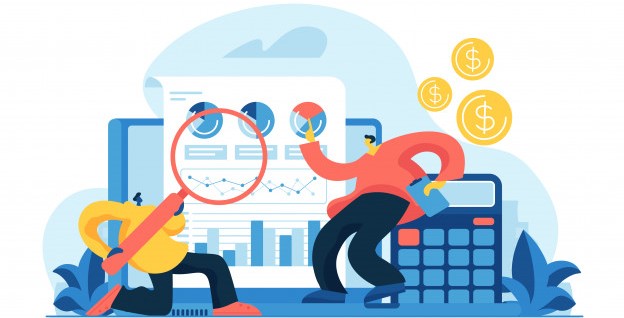
I know, this might sound like a pessimistic approach, but let’s look at it this way, once we have hold of the problems and the risks, we can make a better decision while designing without making any mistakes. Which is always better than picking out problems after you have your product.
By identifying the problems that you might face during the process, you will be able to provide solutions to different questions that arise while designing or even later. This is also a great way to frame your problem statements according to the kind of users and their needs.
Heuristics helps us make the decisions quickly. But they are a disadvantage when it comes to making decisions in situations where different factors need to be taken into consideration.
For example, Toyota identifies problems initially to provide a product that has an impressive performance.
Gathering Information
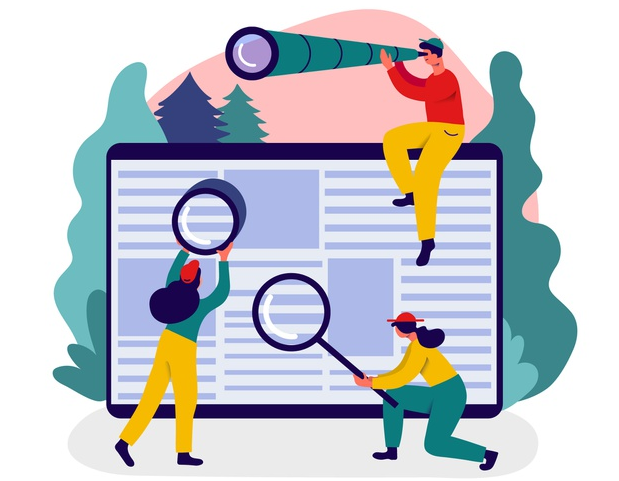
Research is always the key to better decisions. After you are done with identifying the problems, you need to get on gathering the right information.
Now, this information needs to be a systematic analysis of the data that is available to you. This will help you gain a deeper perspective and a better understanding of the problems that you have identified.
With respect to having a personal understanding of the users, the questions that you should keep in mind are:
- What is the kind of information a user looks for?
- How much time do they spend on your space?
- How do they interact with your website's content?
- What do people dislike about your website?
Another great idea to create a better design would be asking different people to research and write design principles. This will help in generating great ideas. Involving people with different perspectives will help you gather every bit of information that you may need.
At OpenSense Labs, even if the design requirements are given by the clients, our designers still verify everything by doing an in-depth market research of their own to make sure everything is perfect. Take a look at the complete process of design discovery to know more.
Developing, selecting, and implementing designs

Now that you are aware of the user's need, you need to come up with some alternative solutions to the problem statements that have been created by you. This will help you in getting to the best decisions for your designs. Psychologist Gary Klein's premortem technique talks about expanding your perspectives and identifying what could actually go wrong.
- Is your solution fitting to the user's needs?
- Is it meeting your goals?
- Do you have enough budget to implement the solution?
- And is the technology available?
If the answer to the above questions is positive, you can now go ahead on implementing the solution to your design. Once you have identified the problem, completed your research, and taken a decision, it's time for you to act on it!
Always remember, if designers fall prey to the overconfidence bias, they exaggerate their ability to grasp how users think. It’s important to do comprehensive user research. Read how you can conduct user research without any direct access to users to know more.
At OpenSense Labs, we make sure to use InvisionApp as the product design platform during the implementation stage of design to have the proper review of everything. Go through the process of building scalable design systems to know more.
Naming your ideas is also a great way to record them in one place according to the features and information collected by you.

Giving and receiving feedback

Constructive criticism is the most predominant step for the designers. You must be specific about the goals of your design and also about the feedback that you are looking for. Any kind of feedback should always be welcomed.
In fact, you should be ready for any questions or negative feedback that comes your way. After putting so much time and effort into your project, it can be hard to take criticism but what you need to keep in mind is that this criticism is not a reflection of your skills. A lot of positive comments only gives an ego boost and does not provide any real value to you or your design.
An idea implemented by us for a few clients was the reward system. We gave rewards to the users for any feedback that they give. Doesn’t matter if the feedback is positive or negative.
Summing up
Making a decision can be tough sometimes especially when it comes to designers. It requires a lot of patience and dedication and a close relationship with the users and your designs. I hope these tips help you in making better decisions and create some amazing designs that are appealing to the users and make their experience with your design a better and flawless one!
For such designs for your brand, ping us at [email protected]
Subscribe
Related Blogs
UX Best Practices for Website Integrations

Website Integrations determine whether users stay engaged or abandon a site. I experienced this firsthand with a delivery…
How design thinking acts as a problem solving strategy?

The concept of design thinking is gaining popularity these days since people across different industries are using it as a…
10 major challenges that come across during an agile transformation

It’s no longer a mystery that agile was created as a response to the various concerns that the traditional waterfall…




